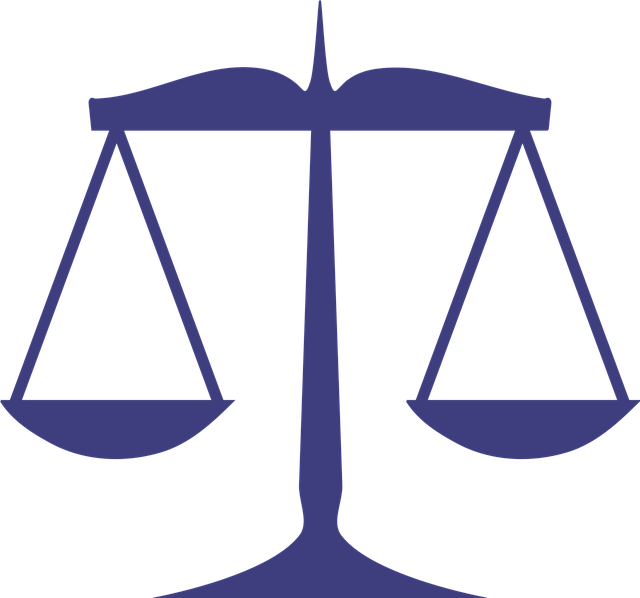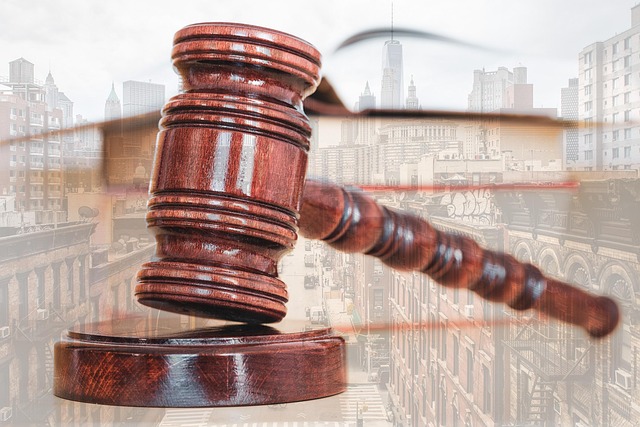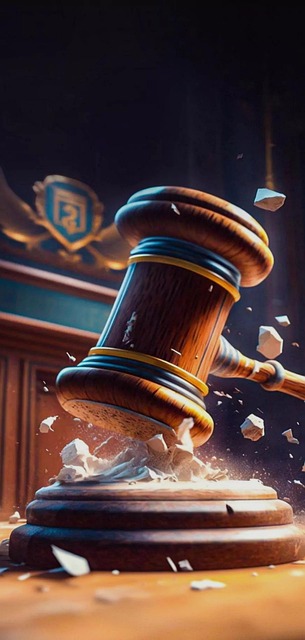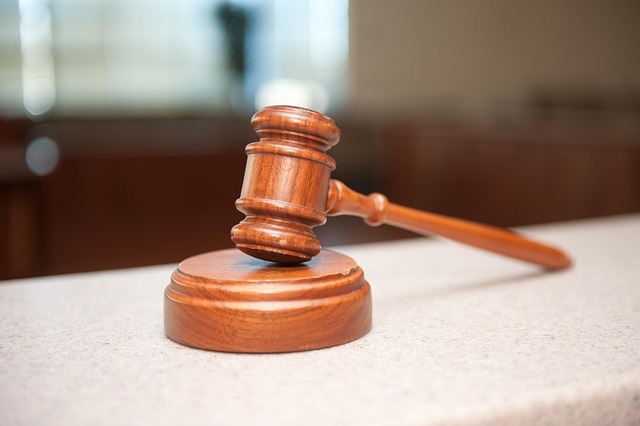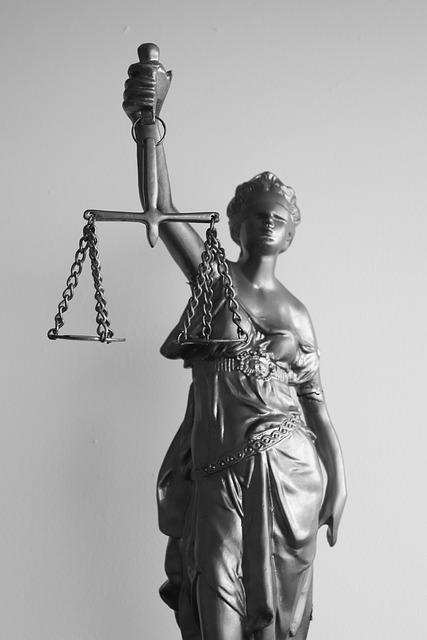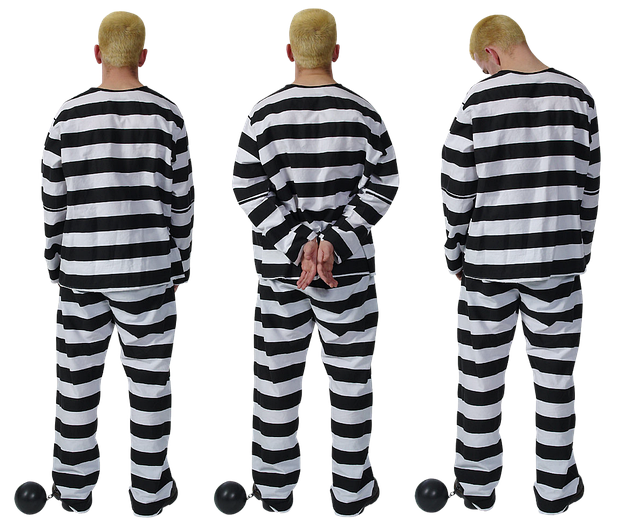Public corruption charges require a nuanced understanding of power dynamics and the Role of Evidence in Establishing Criminal Intent. Prosecutors must prove corrupt intentions through concrete proof like financial records and witness testimonies. Defense attorneys scrutinize evidence, advocating for clients' rights. Meticulous gathering of compelling evidence, including forensic accounting and technology expertise, is key to successful prosecutions. Both direct and circumstantial evidence are crucial in establishing guilt, with a focus on transparency and accountability. Whistleblowers play a vital role in uncovering illicit activities. Legal professionals navigate complex legal grounds to present compelling arguments based on business dealings and narratives.
“Public corruption charges represent a serious breach of public trust, demanding meticulous legal scrutiny. This article delves into the intricate landscape of understanding and prosecuting these charges from a legal perspective. We explore key components such as evidence gathering, proof types, the vital role of whistleblowers, and navigating the complexities of attributing criminal intent. By examining these aspects, we highlight the critical importance of robust evidence in establishing culpability in corruption offenses.”
- Understanding Public Corruption Charges: A Legal Perspective
- The Process of Gathering Compelling Evidence
- Direct vs Circumstantial Proof in Corruption Cases
- Role of Whistleblowers and Informants
- Challenges in Attributing Criminal Intent in Corruption Offenses
Understanding Public Corruption Charges: A Legal Perspective
Public corruption charges are a serious matter with significant implications for both individuals and society as a whole. To understand this legal perspective, one must grasp the intricate relationship between public officials and their duties. Public corruption involves the misuse of power, influence, or position for personal gain, often at the expense of the public trust and resources. This can manifest in various forms, such as bribery, fraud, abuse of office, or conflict of interest.
The role of evidence in establishing criminal intent is pivotal in these cases. Prosecutors must demonstrate that a public official acted with corrupt intentions, often relying on concrete proof of illicit transactions, suspicious financial activities, or unethical conduct. Achieving extraordinary results in such cases requires a thorough examination of documents, witness testimonies, and forensic analysis. White-collar defense attorneys play a crucial role in challenging the admissibility of evidence and protecting their clients’ rights while navigating complex legal frameworks governing public corruption.
The Process of Gathering Compelling Evidence
The process of gathering compelling evidence is a meticulous task that forms the backbone of any successful prosecution for public corruption charges. It involves a careful balance between uncovering facts and ensuring the integrity of those facts, especially when dealing with sensitive political matters. Investigators must gather tangible proof, such as financial records, official documents, or digital communications, to establish criminal intent. The role of evidence in establishing criminal intent is paramount; it provides the legal framework needed to prove that a public official acted unlawfully for personal gain.
Avoiding indictment often hinges on robust evidence collection strategies. General criminal defense attorneys across the country emphasize the importance of thorough fact-finding and meticulous record-keeping. By sifting through mountains of data, investigators can identify patterns or anomalies indicative of corrupt behavior. This process requires a multidisciplinary approach, incorporating forensic accountants, technology experts, and legal professionals to interpret complex financial transactions or digital trails, ensuring that any presented evidence is admissible and compelling in court.
Direct vs Circumstantial Proof in Corruption Cases
In public corruption cases, establishing guilt hinges on solid evidence that demonstrates a defendant’s criminal intent. This is where the distinction between direct and circumstantial proof becomes crucial. Direct proof, such as recordings, documents, or witness testimonies directly linking an individual to corrupt activities, is highly persuasive. It presents a clear picture of the accused’s actions and motivations. On the other hand, circumstantial evidence relies on logical deductions drawn from facts and circumstances surrounding the alleged offense. This type of proof might include financial transactions, suspicious patterns of behavior, or statements that infer guilt.
The role of evidence in establishing criminal intent is paramount throughout all stages of the investigative and enforcement process. Philanthropic and political communities alike must ensure transparency and accountability by meticulously documenting and presenting relevant facts. While general criminal defense strategies may vary, challenging the admissibility or weight of evidence remains a fundamental aspect in such complex cases. Effective legal representation demands a thorough analysis of both direct and circumstantial proof to safeguard the rights of those accused.
Role of Whistleblowers and Informants
Whistleblowers and informants play a pivotal role in public corruption investigations, often serving as the key to unraveling intricate networks of illicit activities. These individuals, who choose to expose wrongdoings within government agencies or corporations, provide crucial evidence that helps establish criminal intent. Their disclosures can range from detailed records of fraudulent transactions to firsthand accounts of corrupt practices, significantly aiding law enforcement in building solid cases against perpetrators.
The role of whistleblowers is particularly significant when it comes to achieving extraordinary results in the fight against public corruption. Across the country, their courage to come forward has led to successful prosecutions and prevented many from avoiding indictment. By coming forward with reliable information, these informants contribute to a more transparent and accountable society, ensuring that those in power are held responsible for their actions.
Challenges in Attributing Criminal Intent in Corruption Offenses
Public corruption charges often pose unique challenges when it comes to proving criminal intent. Unlike many traditional crimes, corruption offenses are often shrouded in secrecy, making it difficult to uncover direct evidence of an individual’s intention to abuse their power for personal gain. The role of evidence in establishing criminal intent is pivotal in these cases. It requires a meticulous examination of financial records, documentation, and witness testimonies to reconstruct the events and motivations behind suspicious activities.
The process involves navigating complex legal landscapes, where attorneys must strategize to present compelling arguments. Achieving extraordinary results in corruption trials often relies on careful analysis of the respective business dealings, identifying patterns, and presenting a coherent narrative that connects actions to the intent to corrupt. This intricate web of evidence is crucial for securing convictions and ensuring transparency in public affairs, ultimately fostering trust in judicial processes during jury trials.
Public corruption is a complex issue, and navigating its legal intricacies requires a deep understanding of evidence handling. The article has explored various facets, from defining public corruption charges to the nuances of proof. It’s evident that gathering compelling evidence, distinguishing between direct and circumstantial proof, and leveraging whistleblowers play pivotal roles in securing convictions. Moreover, recognizing the challenges in attributing criminal intent highlights the need for robust legal strategies. Ultimately, the effective use of evidence is crucial in establishing criminal intent and ensuring justice in corruption cases, emphasizing the critical role of legal professionals in this domain.
